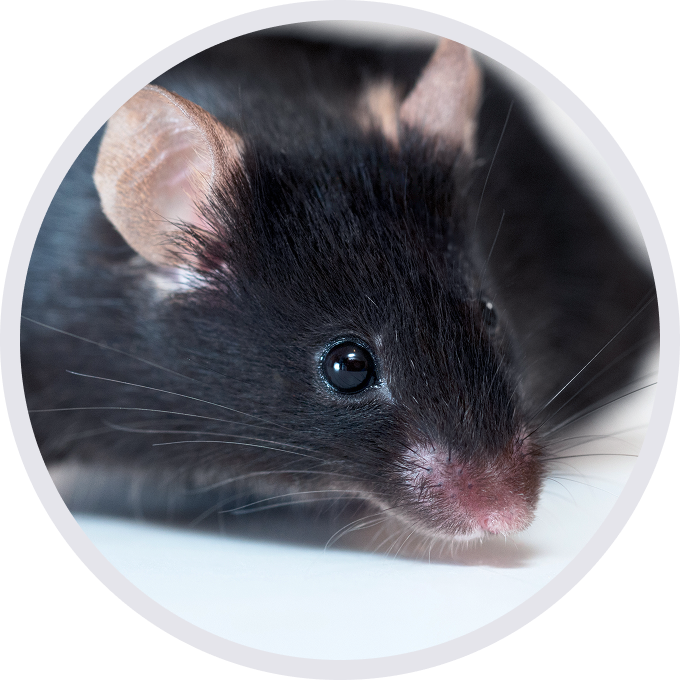Description
- QSOX1 is a sulfhydryl oxidase with multiple functions: it is involved in the formation of disulfide bonds necessary for correct protein folding and stability, the formation and assembly of the extracellular matrix, the regulation of redox status, and cell cycle control.
- It is widely expressed in normal tissues and highly expressed in tumor tissues (e.g., breast cancer and pancreatic cancer). CDX mouse models and in vitro cell models have demonstrated that this gene can promote tumor invasion and metastasis, and inhibiting this target can suppress tumor progression. Therefore, neutralizing antibodies can be developed to reduce its expression in tumors and slow down tumor progression.
- The mouse Qsox1 gene that encode the full longs protein were replaced by human QSOX1 in B-hQSOX1 mice.
- Human QSOX1 mRNA was detectable in liver and Stomach of homozygous B-hQSOX1 mice by RT-PCR.
- Application: This product is used for pharmacodynamics and safety evaluation of drugs.
Targeting strategy
Gene targeting strategy for B-hQSOX1 mice.
- The exons 1~12 of mouse Qsox1 gene that encode the whole molecule (ATG to STOP codon) were replaced by human counterparts in B-hQSOX1 mice.
- The promoter and 5’UTR region of the mouse gene are retained, and the mouse 3’UTR is replaced by the human 3’UTR.
mRNA expression analysis
Strain specific analysis of QSOX1 mRNA expression in wild-type C57BL/6 mice and B-hQSOX1 mice by RT-PCR. Liver and Stomach mRNA were isolated from wild-type C57BL/6 mice (+/+) and homozygous B-hQSOX1 mice (H/H), then cDNA libraries were synthesized by reverse transcription, followed by PCR with mouse or human QSOX1 primers. Mouse Qsox1 was detectable only in wild-type mice. Human QSOX1 mRNA was detectable only in homozygous B-hQSOX1 mice but not in wild-type mice.
* When publishing results obtained using this animal model, please acknowledge the source as follows: The animal model [B-hQSOX1 mice] (Cat# 112862) was purchased from Biocytogen.

